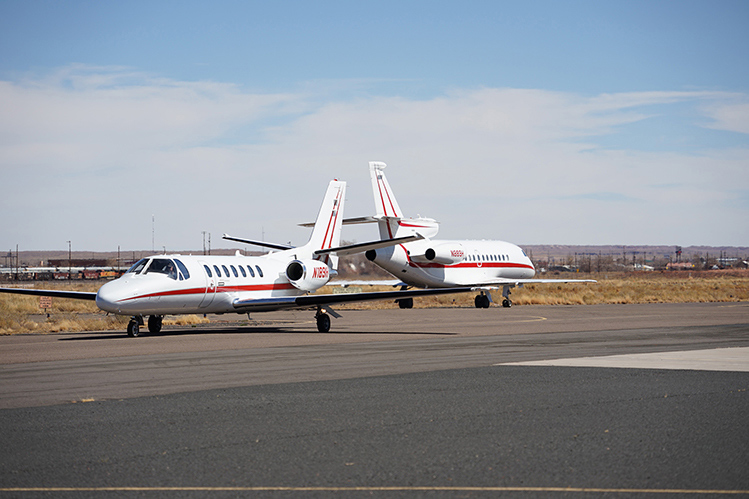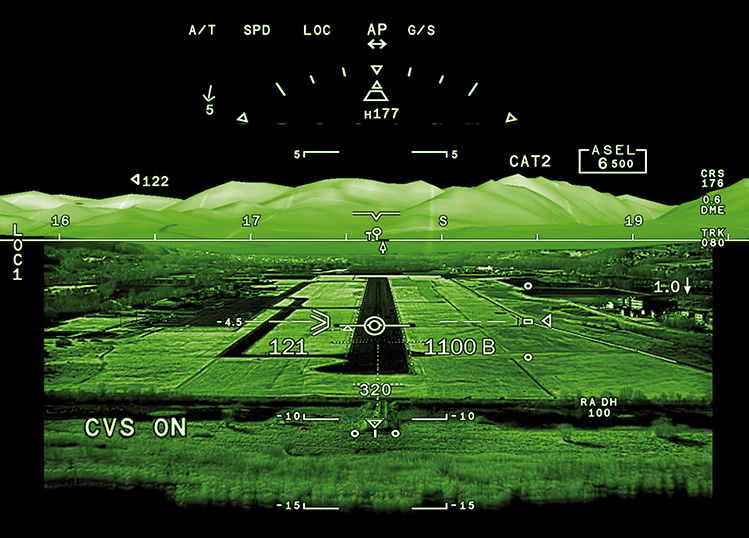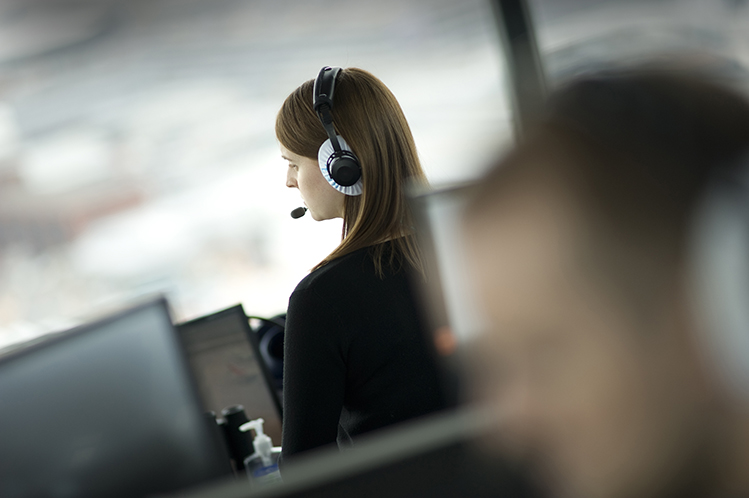The SESAR Joint Undertaking (JU), EU’s body responsible for the digital transformation of aviation, has recently completed work on several new smart solutions to improve the safety, accessibility and efficiency of Europe’s airports. Florian Guillermet reports.
Every flight begins and ends at airports, which make them essential nodes in the aviation network. It is for this reason that SESAR JU has invested considerable resources in airport research and development, making use of advances in technologies to help fully integrate airport operations into the network and to increase the performance of airports’ airside operations.
The latest solutions follow the delivery of some 30 technologies and operational procedures targeting airports – many of these are or will soon be implemented at airports across Europe. More solutions are in the pipeline that will help airports to embrace the next generation of innovation in order to enhance the efficiency of their airside operations and provide a better passenger experience.
Olivier Jankovec, Director General of ACI EUROPE, comments: “SESAR is both the test-bed and gateway to the widest collection of proven technological solutions for airport operations in Europe. As such, it has come to play an important role in advancing the business of airports and their competitive edge – alongside the delivery of the Single European Sky technological pillar of ATM modernisation.”
Keeping runways safe
Despite very high safety standards at airports, near-misses due to runway incursions can and do occur.
Building on existing surveillance systems and safety nets, the solution “traffic alerts for pilots for airport operations” – a software-based system – provides early warning to aircrews, empowering pilots to make quicker decisions and avoid runway incursions.
The system analyses aircraft position data and calculates factors such as time to collision, using specialised algorithms to alert pilots of surrounding aircraft. The system provides timely surface traffic indications and warnings to the flight crew. These include visual awareness on the airport moving map display in the cockpit as well as an audio alarm. Depending on the chosen technical implementation, the pilot may receive a text message showing time to collision, colour-coded image, and/or aural message.
The solution is designed to require minimal changes to existing avionics and uses automatic dependent surveillance broadcast (ADS-B), a globally mandated technology upgrade due in 2020, to make installation of the solution quick and simple. The solution is equally applicable to commercial aircraft and business aircraft.

Building on existing surveillance systems and safety nets, the solution “traffic alerts for pilots for airport operations” – a software-based system – provides early warning to aircrews, empowering pilots to make quicker decisions and avoid runway incursions. Copyright: Honeywell
Improving access to airports in bad weather
Medium and small airfields have limited resources to invest in advanced ground infrastructure to support all weather operations. Emerging vision-based technologies offer an alternative, which is located on board the aircraft and can be used by all aircraft types.
The SESAR JU partners developed an “enhanced flight vision system (EFVS)”, which enables aircraft to access airports in bad weather and poor visibility approaches down to 100-feet. This is the first Head-Up Display (HUD) showing separate synthetic, database-driven terrain mapping and enhanced thermal, low-light images at the same time.
The solution enables business aviation, regional and even commercial airspace users to access all airports in all weather conditions, particularly secondary airports thereby avoiding cancellations, diversions and delays, provided the aerodrome has been declared suitable for EFVS operations. For taxiing, the solution enhances the situational awareness of pilots, enabling them to detect and react promptly to evolving situations and in doing so improve their decision-making. This solution allows more aircraft, especially small and medium aircraft, to conduct low-visibility operations which would not be possible otherwise.

The SESAR JU partners developed an “enhanced flight vision system (EFVS)”, which enables aircraft to access airports in bad weather and poor visibility approaches down to 100-feet. This is the first Head-Up Display (HUD) showing separate synthetic, database-driven terrain mapping and enhanced thermal, low-light images at the same time. Copyright: Dassault Aviation
Getting the most out of the tarmac: optimising runway throughput
The SESAR JU and partners are looking at ways to get the most out of airports’ tarmac. This is where the algorithm-based solution “integrated runway sequence function” comes in. The solution helps tower and approach controllers to optimise traffic on single or multiple runways.
The integration of this solution into the air traffic control system at the airport reduces queuing time at runway hold and in the air, lowers fuel consumption as well as lowering carbon dioxide emissions. For multiple runways the solution provides options for better balancing of arrival/departure flights between the runways. This ensures maximised throughput of arrival and departure flights at the airport.
By enabling early planning and the optimised management of arrival/departure flights, the solution improves the overall predictability of traffic for air traffic control, while optimising capacity for airports and as reducing costs for airlines.
Interested to know more about SESAR and the digital transformation of airports? Visit: www.sesarju.eu
Florian Guillermet is the Executive Director of the SESAR Joint Undertaking.

The integration of the algorithm-based solution “integrated runway sequence function” into the air traffic control system at the airport reduces queuing time at runway hold and in the air, lowers fuel consumption as well as lowering carbon dioxide emissions. Copyright: NATS







